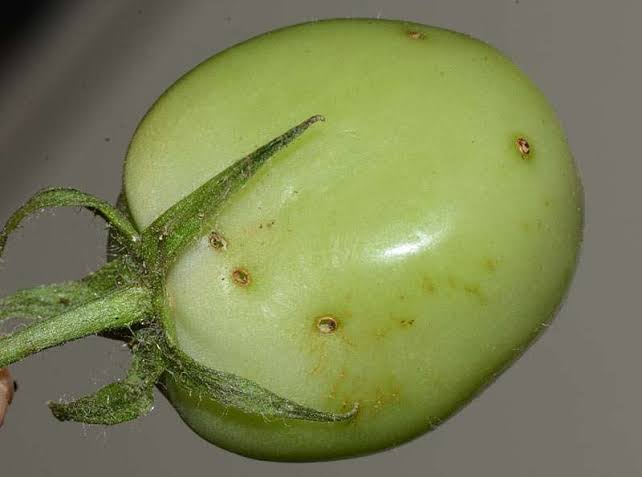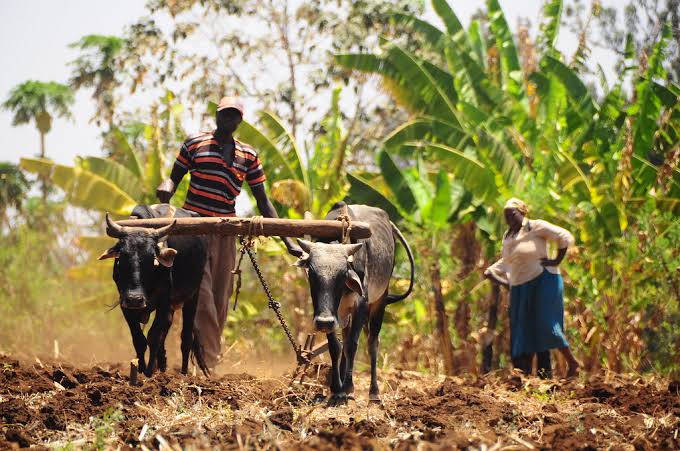
Tomato farmers in the country should now worry less about Tuta Absoluta, a devastating pest that has the potential to destroy nearly 100 per cent of the crop on the farm, thanks to Tutrack, a Kenya Biologics kit which monitors and biologically controls the spread of the pest in the farm.
The kit comprises a lure with pheromones-substance produced by female insects to attract male Tuta Absolutas to the trap. This ultimately blocks the reproduction cycle of the pest. Although companies have launched Tuta Absoluta lures in the market since 2014 when the pest was first noticed in the country, most of them contain 0.5 milligrams of pheromone compared to the Kenya Biologic’s Tutrack lure which has 0.8miligrames of pheromones hence 60 per cent more catches
Place two delta-traps with TUTRACK lures field to monitor the number of Tuta absoluta moths. Count number of moths per trap on a daily basis. Remove or mark moths that you have counted and make clear records of the amount of catches per trap. Those traps should be placed not more than 40 cm above ground level because Tuta absoluta moth flies low. If the numbers of moths captured per week exceed three per week, more traps must be employed in the farm. According to Kenya Biologics, if 3-30 moths are captured per week, at least 10 traps are needed per acre and if the number increases to more than 30, at least 20 traps should be placed in an acre farm.
This biological way of controlling pests is more effective than chemicals since it zeros the reproduction cycle of the pest. Tomatoes grown under this method of pest control have a market advantage over chemical method even as consumers become more health conscious. It also insulates farmers from high cost of chemicals hence cost effective and environmental friendly.
Related News: EFFECTS OF TUTA ABSOLUTA
Related News: ICIPE releases wasp to control Tuta Absoluta pest that causes 100% tomato damage
The Tutrack kit is comprised of a 0.8mg lure which goes for Sh290, a trap that retails for Sh490 and a sticker which goes for Sh50. This means that the whole kit goes for a retail price of sh830. However, a discount of Sh100 per kit is given to clients who purchase more than 100 kits. Tutrack kits can be found in KFA centres and agrovets in major towns in the country.
For more information about how and where to get them, contact Kenya Biologics on 0710 724 629, 0713 088 558 or 0713 088 557. Farmers outside Kenya can contact the company via +254 717 297 023.

















